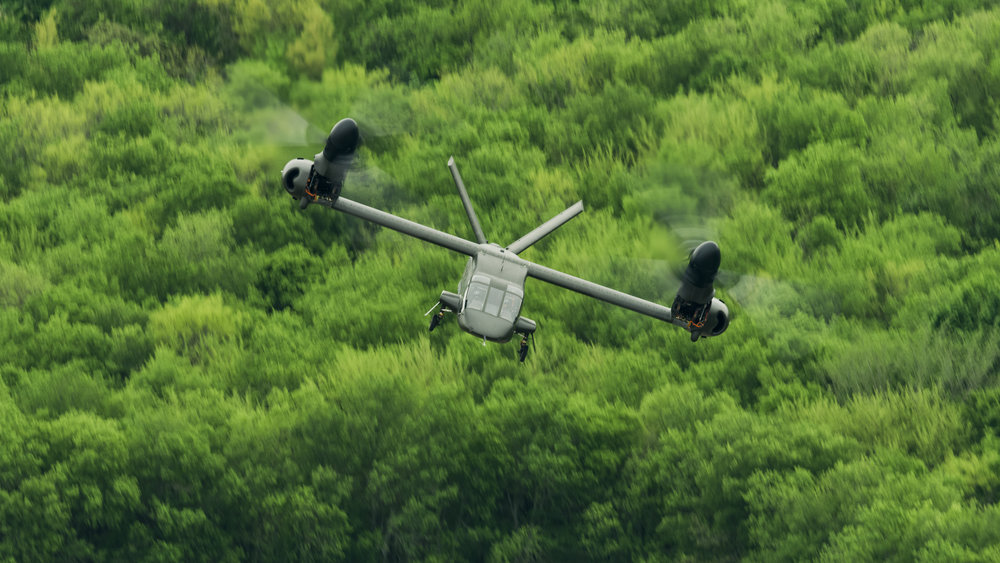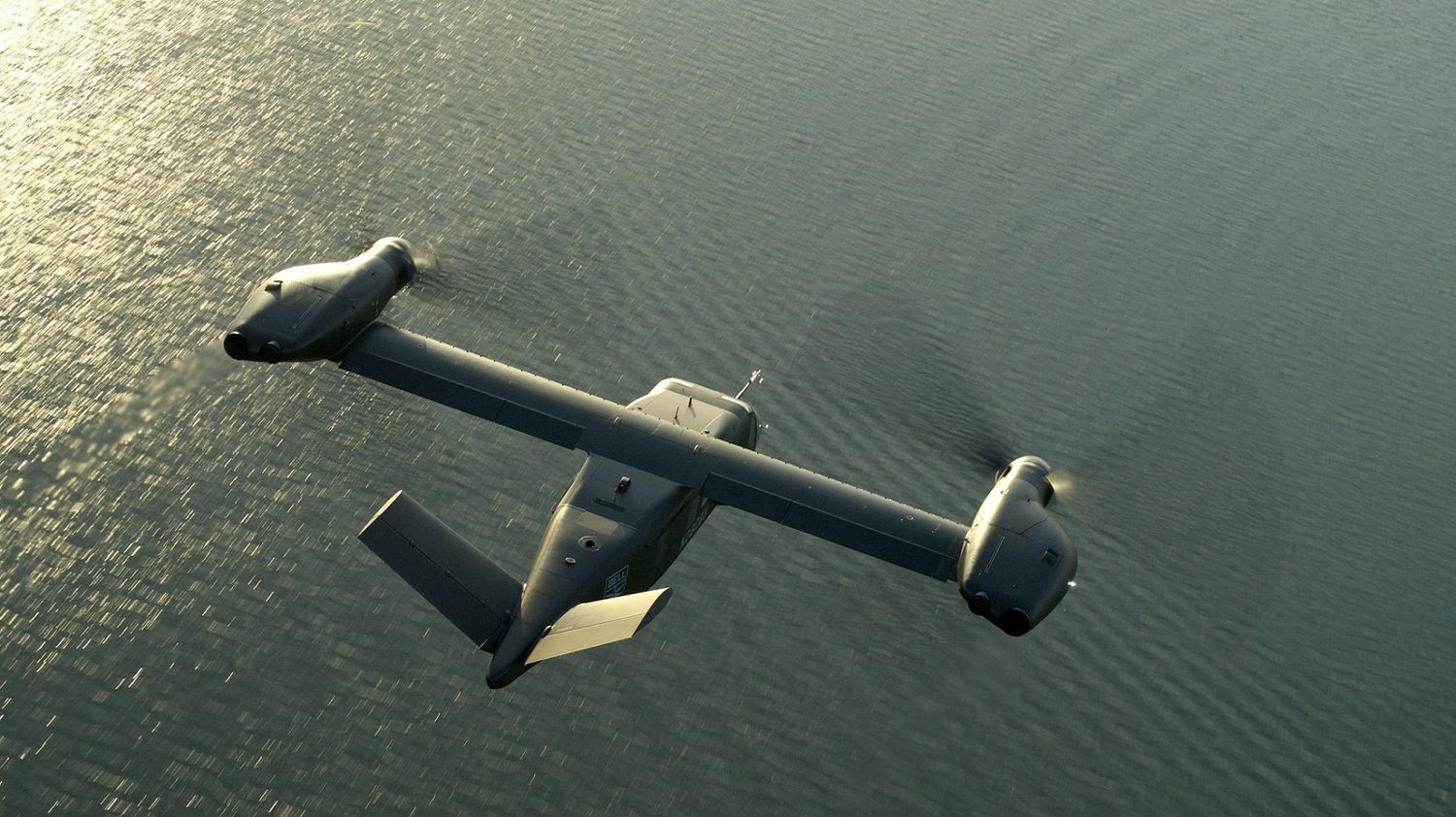V-280 Valor: Bell Textron advances FLRAA development with approval of Milestone B
Bell Textron Inc. announced a major milestone in the development of the Future Long Range Assault Aircraft (FLRAA). The U.S. Army granted Milestone B approval, marking the formal start of the Program of Record (PoR) for the V-280 Valor, moving it closer to becoming the backbone of Army air operations in the future.
Ryan Ehinger, Bell’s senior vice president and FLRAA program manager: «This decision marks a historic milestone for both the U.S. Army and Bell. Now that the program has Milestone B approval, we are ready to deliver a transformational capability to the warfighter.»

With this decision, the Bell V-280 Valor enters the Engineering and Manufacturing Development (EMD) phase, where detailed design, manufacturing and prototype testing activities will be carried out. This stage is critical to validate the aircraft design and ensure that it meets the demanding requirements of the U.S. Army.
«This significant milestone is made possible by the years of hard work and sacrifice by Team FLRAA and our teammates throughout the Army and the Department of Defense,” said COL Jeffrey Poquette, FLRAA Project Manager. “We are poised to deliver a truly transformational aircraft for the Army. The hard work continues into the Engineering and Manufacturing Development Phase where we will design, build and test FLRAA prototypes. It is certainly an exciting time for the program.”.
The V-280, with its distinctive tiltrotor configuration, is designed to revolutionize the way ground forces deploy on the battlefield, flying twice as far and twice as fast as the current fleet of UH-60 Black Hawk helicopters in the US Army’s inventory, which it is set to replace.
To achieve these ambitious goals, Bell Textron is employing a combination of leading-edge technologies. The V-280 leverages the maturity of tilt-rotor technology, proven and perfected on the V-22 Osprey. In addition, digital engineering tools and methods will be employed to optimize the design and production of the aircraft, which will reduce costs and accelerate development. Thanks to its open architecture, the U.S. Army will be able to upgrade and improve the V-280 throughout its life cycle, adapting it to future threats and missions.


Para comentar, debés estar registradoPor favor, iniciá sesión